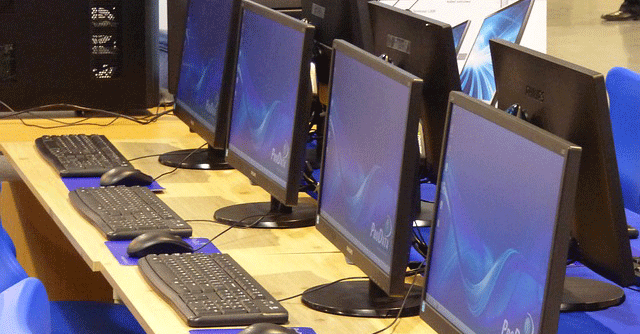
IT Hardware Spending Here to Stay Despite Cloud Rush


Although many businesses have rushed to the cloud to support a new remote workforce, hardware remains the top IT spend category, according to Spiceworks Ziff Davis (SWZD), a division of Ziff Davis.
A study conducted by the tech firm shows that physical servers will continue to evolve to ultimately co-exist and integrate with public clouds, allowing for greater portability and flexibility that will benefit organisations in an increasingly hybrid world.
“Driven by the shift to remote work which places a premium on portable computing devices, companies plan to spend significantly more on laptops than on desktops — 19 per cent of hardware budgets versus 14 per cent, respectively,” Peter Tsai, Head of Technology Insights at Spiceworks Ziff Davis said.

“As organisations acquire new laptops to accommodate employees who will work from home, they’ll be more open to looking beyond the Intel + Windows architecture that has been dominant for decades,” said Tsai.
The global survey captured insights from over 1,000 IT professionals in companies across North America and Europe also points towards significant adoption growth of AMD, Apple, and ARM processors. Within two years, with 60 per cent of companies plan to use AMD processors in client devices and 37 per cent will use Apple’s M1 chips.
“In server rooms around the world, on-premises infrastructure will evolve by offering greater performance and growing more intertwined with public clouds. For example, fast solid-state drives (SSDs) continue to gain traction as businesses look to alleviate storage bottlenecks associated with legacy hard drives,” Tsai added.

Already, 55 per cent of businesses use SATA SSDs in on-premises servers. Within two years, most IT departments plan to equip servers with even faster flash storage in the form of SAS SSDs (56 per cent) and still faster NVMe SSD drives (53 per cent).
Beyond the server room, end-user hardware adoption is changing too. Today’s pandemic- induced remote work climate calls for portability than traditional desktops can offer. The report shows approximately 40 per cent of employees using laptops and 40 per cent using desktops.
“As more workloads run in AWS or Azure to support the remote workforce, on-premises infrastructure will evolve to integrate more seamlessly with public clouds, offering organizations more resilience and the flexibility to run workloads wherever it makes the most sense.

“Within two years, most businesses (54 per cent) will integrate physical servers with a public cloud. More than one-third of companies (37 per cent) will take it a step further by using consumption-based “as-a-Service” billing, which simplifies building hybrid clouds by aligning technology stacks and by bringing the cloud payment model to on-premises infrastructure,” said Tsai.
Indian CIOs are also likely to increase their spending towards projects that drive innovation and modernising legacy systems, said a Gartner survey published in December 2021.
Arup Roy, research vice president at Gartner said that CIOs in India will build on renewed interest in technology from the business to gain funding for new IT projects in the next one year. For example, Indian CIOs will shift from rigid and monolithic ways of doing business to a more composable business and IT architecture where they will be able to better respond to disruptions.

The report showed while spending on software is forecast to total $10.5 billion in 2022, up 14.4 per cent from 2021, there will be an uptick in spending on devices in 2022, reaching $44 billion, an increase of 7.5 per cent from last year, driven by hybrid work and pent-up demand from device upgrades.
Tsai too believes as businesses further adapt to a hybrid future, their tech stacks will continue to evolve as IT departments seek out functionality to drive their businesses forward.
